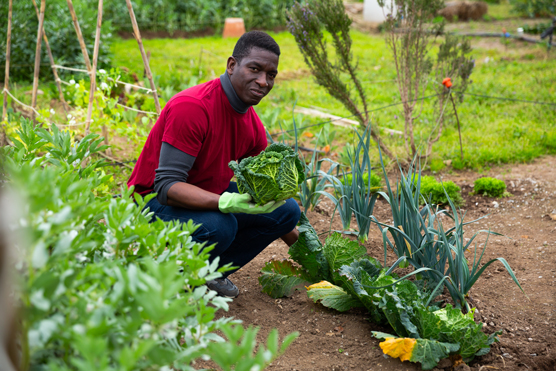
Blooming Bliss Outdoor Garden Ideas for Every Season
Exploring Blooming Bliss: Outdoor Garden Ideas
Year-Round Beauty
Outdoor gardens are a sanctuary of natural beauty that can be enjoyed throughout the year. With careful planning and thoughtful design, you can create a garden that blooms and thrives in every season. From colorful spring blooms to lush summer foliage, vibrant autumn colors, and serene winter landscapes, an outdoor garden offers ever-changing beauty that delights the senses and soothes the soul.
Spring Awakening
In spring, the garden bursts to life with the emergence of new growth and vibrant blooms. Plan your garden with early-flowering bulbs like daffodils, tulips, and crocuses to add a pop of color and herald the arrival of spring. Consider planting flowering trees and shrubs like cherry blossoms and magnolias for a dramatic display that signals the changing of the seasons.
Summer Splendor
As the days grow longer and warmer, the summer garden comes into its own with an explosion of color and fragrance. Fill your garden with an abundance of summer-flowering perennials like roses, lilies, and hydrangeas, interspersed with annuals like petunias, marigolds, and zinnias for continuous blooms all season long. Create inviting seating areas where you can relax and enjoy the sights and scents of the summer garden.
Autumn Delights
In autumn, the garden transforms into a kaleidoscope of rich hues as leaves change color and fruits ripen on the vine. Incorporate plants with fiery foliage like maples, birches, and sumacs to add warmth and depth to the autumn garden. Plant ornamental grasses, sedums, and asters for late-season interest and texture that will carry your garden through until the first frost.
Winter Wonder
Even in winter, the garden retains its magic with frost-kissed foliage and sculptural silhouettes. Choose evergreen trees and shrubs like pines, spruces, and hollies to provide structure and interest in the winter garden. Add elements like bird feeders, decorative pots, and outdoor lighting to create a cozy atmosphere and attract wildlife to your garden during the colder months.
All-Season Appeal
For year-round interest, incorporate a mix of plants with different flowering times, foliage colors, and textures to ensure that your garden remains vibrant and inviting in every season. Choose plants that are well-suited to your climate and soil conditions, and don’t be afraid to experiment with new varieties and combinations to keep your garden fresh and exciting year after year.
Creating Harmony
In addition to plants, consider incorporating other elements into your outdoor garden design to enhance its beauty and functionality. Add features like water features, pathways, seating areas, and garden art to create focal points and add visual interest to your garden. Create a sense of harmony and balance by carefully arranging plants and features to create a cohesive and inviting space that reflects your personal style and taste.
Nurturing Nature
Finally, remember that a healthy garden starts with healthy soil. Take the time to improve your soil with organic matter like compost, mulch, and fertilizer to provide essential nutrients and moisture for your plants. Practice regular maintenance tasks like watering, pruning,








:max_bytes(150000):strip_icc()/low-maintenance-flowers-garden-blanketflower-getty-0523-84c28a863bc847c8ada073ed955492db.jpg)
